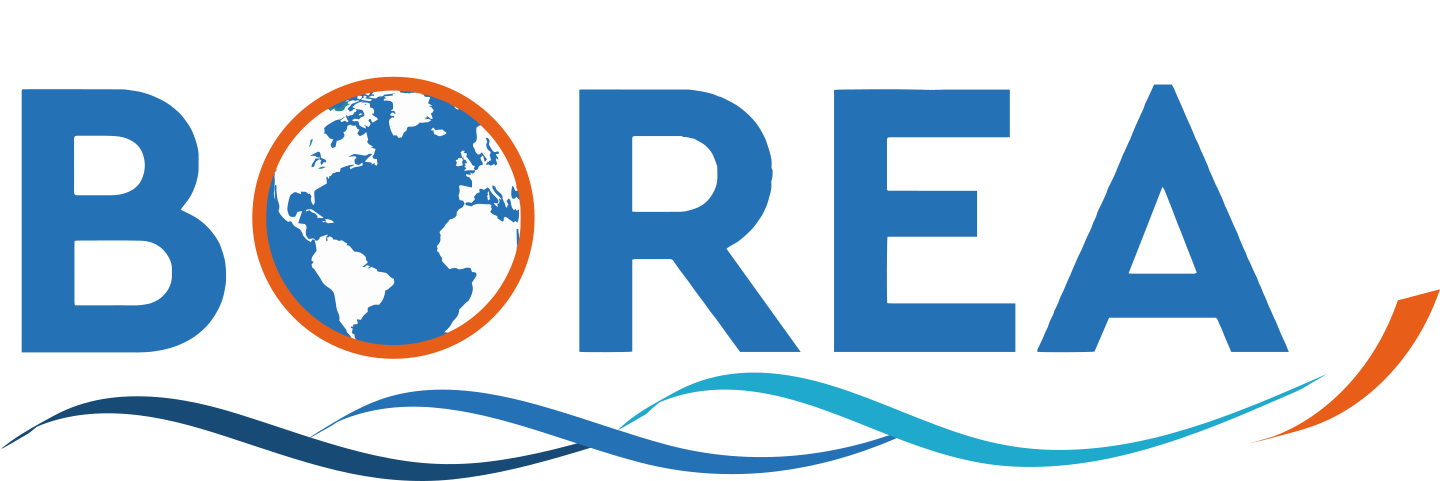Journal
In the North Atlantic, euphausiids (krill) form a major link between primary production and predators including commercially exploited fish. This basin is warming very rapidly, with species expected to shift northwards following their thermal tolerances. Here we show, however, that there has been a 50% decline in surface krill abundance over the last 60 years that occurred in situ, with no associated range shift. While we relate these changes to the warming climate, our study is the first to document an in situ squeeze on living space within this system. The warmer isotherms are shifting measurably northwards but cooler isotherms have remained relatively static, stalled by the subpolar fronts in the NW Atlantic. Consequently the two temperatures defining the core of krill distribution (7–13 °C) were 8° of latitude apart 60 years ago but are presently only 4° apart. Over the 60 year period the core latitudinal distribution of euphausiids has remained relatively stable so a ‘habitat squeeze’, with loss of 4° of latitude in living space, could explain the decline in krill. This highlights that, as the temperature warms, not all species can track isotherms and shift northward at the same rate with both losers and winners emerging under the ‘Atlantification’ of the sub-Arctic.

